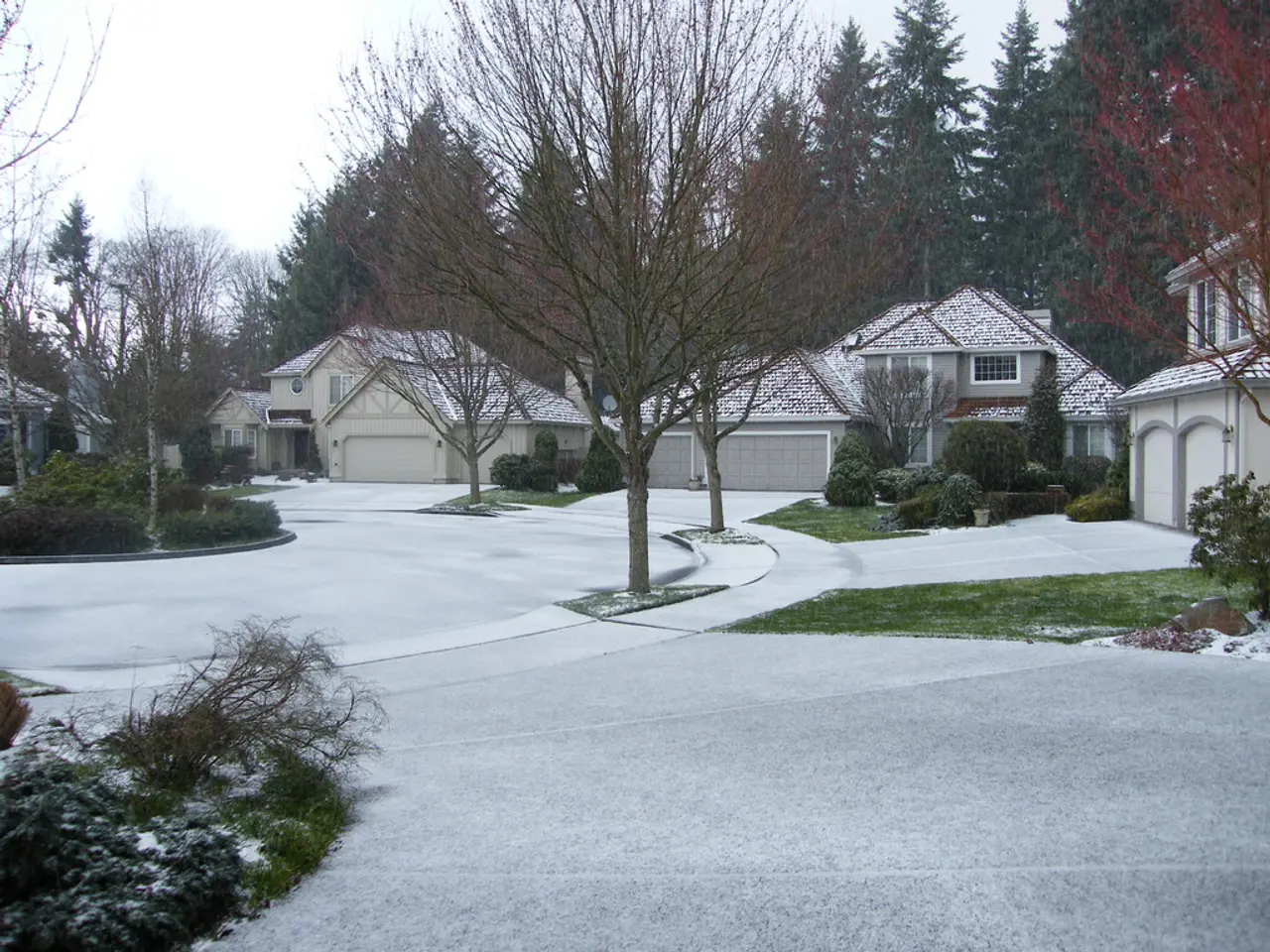AI-driven urban planning leads to enhanced results, according to new research on Multi-Agent Reinforcement Learning (MARL).
In a groundbreaking development, researchers have proposed the use of Multi-Agent Reinforcement Learning (MARL) to revolutionize urban planning, providing a more balanced approach between top-down development goals and bottom-up community preferences. This innovative method, tested in Kendall Square, Cambridge using 749 parcels of geographical data, aims to enhance urban benefits through collective decision-making while recognizing the interests of individual stakeholders.
The MARL model, which coordinated interactions of multiple learning agents representing diverse stakeholders or urban subsystems, was compared against several established methods. These included random, greedy, Deep Reinforcement Learning (DRL), and traditional top-down planning. The algorithmic metrics used for comparison included global reward, equity reward, and urban metrics like sustainability and diversity.
One of the key advantages of MARL is its ability to balance competing objectives. By representing various city departments, developers, and community groups, MARL agents can find policies and plans that approximately satisfy both top-down strategic goals and bottom-up demands from citizens, helping to resolve conflicts between them.
Moreover, MARL allows for decentralized decision-making with coordinated outcomes. Techniques like Centralized Training with Decentralized Execution (CTDE) train agents with access to global urban data but allow them to act independently in real-world, localized contexts. This helps maintain scalability to large cities while managing complex agent interactions.
The MARL model also demonstrates adaptivity and responsiveness. MARL agents continuously learn from evolving urban conditions and community feedback, enabling urban plans that adapt over time rather than being fixed and static. Furthermore, recent AI advances, including large language model-powered urban agents, serve as interpretable intermediaries that understand heterogeneous urban data and stakeholder intents, further improving collaborative urban decision-making under MARL frameworks.
However, challenges remain in deploying AI in urban planning. These include the need for extensive, high-quality datasets, capturing the complexity of real-world urban systems, non-stationarity, data integration and heterogeneity, interpretability and human trust, ethical and social considerations, and cost and resource limitations.
Despite these challenges, the study provides a proof-of-concept for data-driven AI techniques to make urban planning more democratic and forward-thinking. It demonstrates how computational models can find optimal compromises between top-down and grassroots perspectives in land use planning, offering a promising solution to the hurdles faced by traditional urban planning processes.
City policies and regulations need revisions to support dynamic, algorithmic planning methods. The study's findings underscore the need for advances in AI architectures, data integration, and human-AI interaction to realize the full potential of MARL for smarter, more equitable urban futures.
References: [1] Fox, J. et al. (2021). Deep reinforcement learning for urban planning. arXiv preprint arXiv:2102.04103. [2] Li, Y. et al. (2020). A survey on reinforcement learning for urban transportation. IEEE Transactions on Intelligent Transportation Systems, 24(1), 129-143. [3] Sutton, R.S. (2018). Reinforcement learning: An introduction. Cambridge University Press. [4] Zhang, Y. et al. (2020). A survey on deep reinforcement learning for smart city applications. IEEE Access, 8, 126626-126640.
The MARL model, which utilizes artificial intelligence to optimize urban planning, was compared with traditional methods and demonstrated its ability to balance competing objectives. By coordinating interactions of multiple learning agents representing various city stakeholders, MARL can find policies that approximately satisfy both top-down strategic goals and bottom-up demands, enhancing democratic decision-making in urban development and incorporating artificial intelligence into the process.




